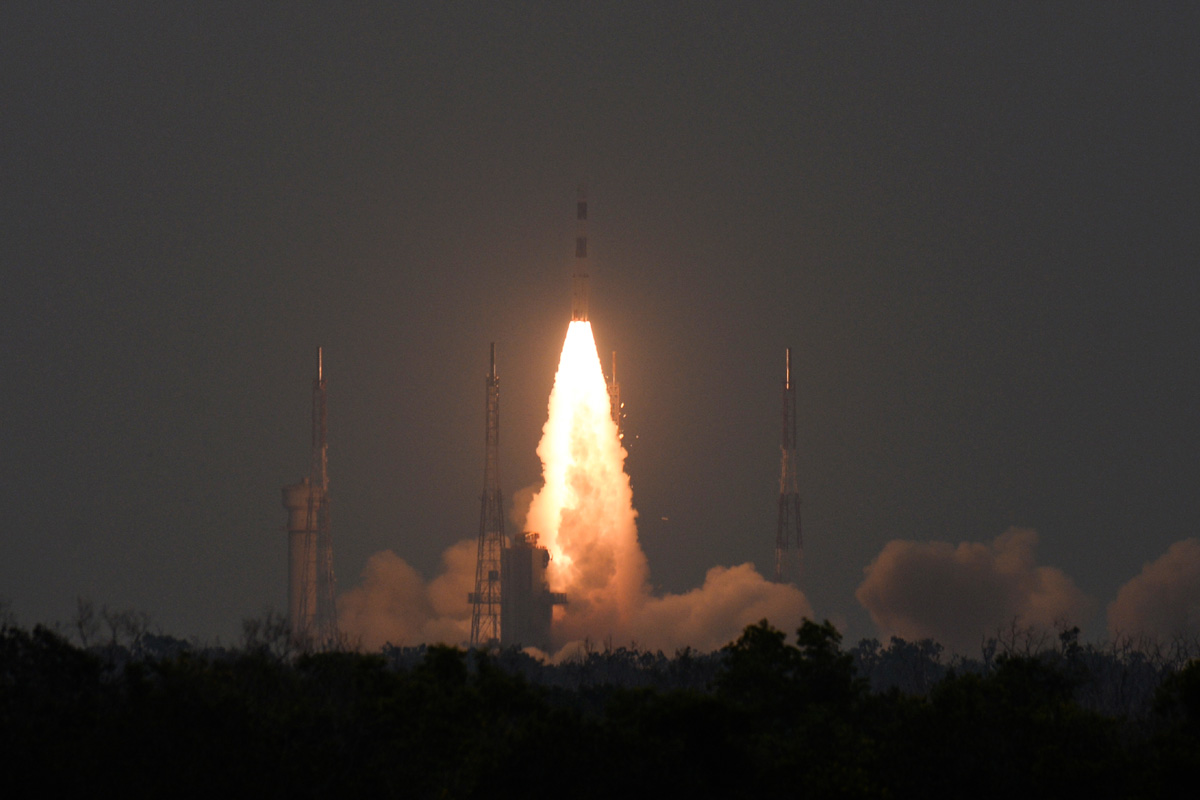British scientist Fred Hoyle predicted in 1948 that once a photograph of the earth taken from the outside is available, a new idea as powerful as any in history will be let loose. ISRO on Wednesday successfully placed in orbit Cartosat- 3, the most advanced earth imaging and mapping satellite that aims to address the increasing user demand for large-scale urban planning, rural resource, infrastructure development, coastal land use and land cover. The satellite will also have military use as Cartosat-3 will provide the highestever spatial resolution of 25cm.
It is the most advanced earth observation satellite built by ISRO so far and its successful launch is a morale boosting achievement after the failure of Chandrayaan-2’s lander Vikram to soft-land on the lunar surface on 7 September. The best global military-grade satellites can provide is a resolution of 10 cm, but they are not available commercially. The best ground resolution till now available commercially was 31 cm, offered by WorldView-3, a satellite owned by Maxar of the USA.
Advertisement
PSLV-C47 which launched Cartosat-3, the first third generation earth observation satellite with a high-resolution imaging capability, also placed 13 nano satellites from the USA in their respective orbits. When ISRO launched Cartosat-2 in 2017, it made headlines for the launch of 104 satellites in one go. Most of the nano satellites were for Planet Labs, a private US company. Cartosat-2 satellite series with a resolution of about 65 cm helped to plan and execute military operations.
Most of ISRO’s commercial clients are geographically distant from India. Nearby neighbours like Sri Lanka, Bangladesh, Pakistan and Afghanistan have procured space services from the USA, Europe, Russia or China. Soon after assuming office in 2014, Prime Minister Narendra Modi tried to change that by expressing his willingness to make ISRO’s space assets, originally designed for exclusive use of India, to the countries around it. At the 18th South Asian Association for Regional Cooperation summit in Nepal in November 2014, he committed ISRO to design, build and launch a communication satellite at a cost of Rs 200 crore, making one Ku-band transponder available to each of the participating nation free of charge.
Pakistan opted out citing concerns about security of its communications going through an Indian satellite. The venture did not bring any commercial benefit to ISRO. Recently, ISRO set up a company called New Space India Limited, an adjunct to Antrix, to commercialise space products and satellite development deals with private entities. The deal to launch 13 nano satellites with Cartosat-3 was struck by NSIL. The day is not far off when ISRO generates sufficient income from launch and other services to become financially self-sufficient.









